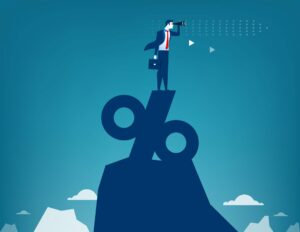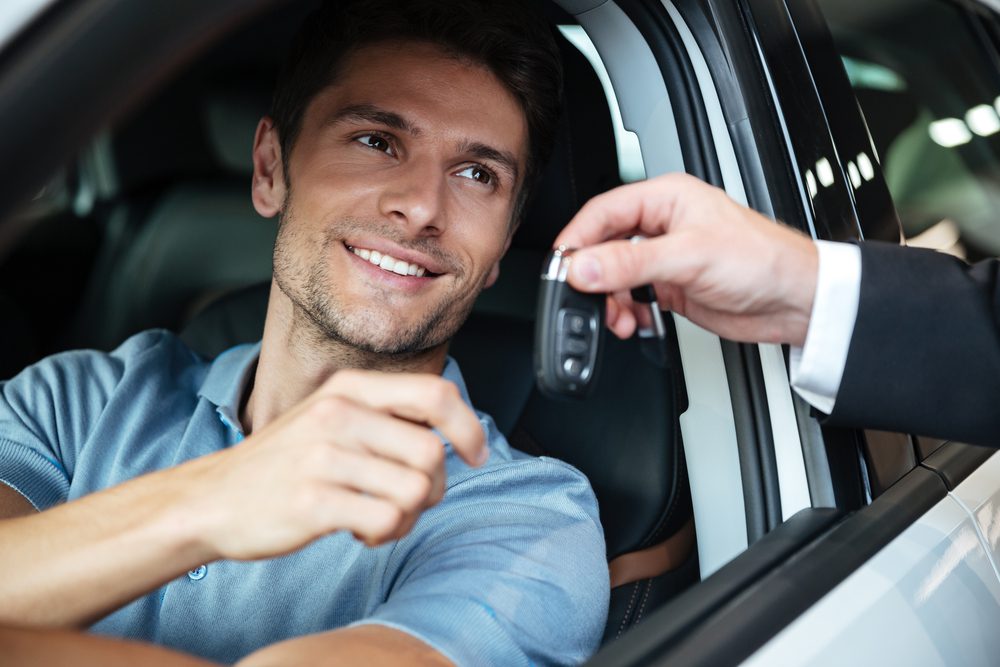Auto loan interest rates continue to go up, according to a recent Edmunds analysis, with rates reaching their highest in a decade. Looking at the data collected, the annual percentage rate (APR) inched up from last year’s 5.19 percent on new cars to 6.26 percent, marking a 1.7 percent increase from five years ago. For used cars, the climb was more modest, with the APR in 2014 being 8.47 percent and the current one 8.95.
The car shopping website noted as well that the down payments on new vehicles have also gone up significantly. In February of 2014 one generally put down $3,552; this February the average was $4,187. This echoes a similar increased amount in financing. Figures in the report indicate that financing has gone up by $7,594–from $24,477 in 2014 to $32,071. Similar, albeit more modest rises can be seen in the used car market, which in five years has seen financing jump from $19,253 to $21,861.
 Edmunds attributes the higher rates to companies curbing zero percent finance offers and fewer low-interest offers. “Shopping conditions are pretty unfavorable for consumers across the board, and even those with good credit are having trouble finding compelling finance offers,” said Jeremy Acevedo, Edmunds’ manager of industry analysis. “As rising vehicle costs and interest rates continue to compromise affordability, more shoppers might find themselves priced out of the new vehicle market.”
Edmunds attributes the higher rates to companies curbing zero percent finance offers and fewer low-interest offers. “Shopping conditions are pretty unfavorable for consumers across the board, and even those with good credit are having trouble finding compelling finance offers,” said Jeremy Acevedo, Edmunds’ manager of industry analysis. “As rising vehicle costs and interest rates continue to compromise affordability, more shoppers might find themselves priced out of the new vehicle market.”
There is also the added fact that buyers are currently favoring more expensive trucks and SUVs over more affordable cars. “The consumer appetite for SUVs and trucks grew out of a time when it was far more affordable to buy these vehicles, and even now that finance conditions aren’t nearly as friendly, shoppers still refuse to settle for less car,” said Acevedo. “With auto loan delinquency on the rise, it’s more important now than ever for consumers to understand the risks associated with financing more than what you can afford.”
This analysis continues the trend of high auto loan interest rates as was predicted last February by Edmunds. At the time, Jessica Caldwell, Edmunds executive director of industry analysis, noted that “We’re starting to see a trickle-down effect from the rate increases happening at the federal level. “The Fed rate hikes directly affect unsubsidized loan rates offered by third-party lending institutions such as credit unions and banks, and as a result we’re seeing loans that were formerly between 2 and 3 percent being pushed up into higher APR brackets.”
For those hoping leasing will help them escape the priciness of buying, Edmunds released another report announcing similarly bleak hikes. The ripple effects from the rest of the industry’s rising rates are leading prices for leasing to go up by as much as 26 percent. “Three years ago, leasing was an affordable option for almost anyone considering a new vehicle, but the market has made a pretty dramatic shift since then,” said Caldwell in that report. “Demand for sedans has fallen off so sharply that they don’t hold their residual value like they used to, making lease payments much more expensive. Couple that with the record-high vehicle prices and soaring interest rates, and car shoppers who may have only ever leased are now going to be facing some tough decisions.”








